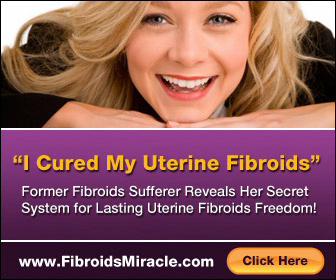Uterine fibroid embolization is also known as uterine artery embolization (UAE). It is a procedure that is used for the treatment of fibroid tumors of the uterus or uterine fibroids. Fibroid tumors are abnormal non-cancerous growths that develop in / on a woman’s uterus.
These tumors can cause pressure on the bladder or bowl, as well as pain and heavy menstrual bleeding. A woman can experience having one or multiple fibroid tumors.
How is UFE performed?
UFE uses a real time x-ray called fluoroscopy. This is like a small camera tube that guides the delivery of embolic agents to the uterus and fibroids. The agents block the arteries that allow blood supply to the uterine fibroids. This will make the fibroids shrink.
Advantages of UFE in uterine fibroid treatment
UFE can be done under local anesthesia. It is less invasive than an open or laparoscopic surgery.
There is no surgical incision needed. The doctors will just nick the skin a bit. The wound doesn’t need to be stitched after the procedure. Patients will instantly feel relief after the surgery. They can resume to their usual activities much earlier as the required recovery time is short.
Fibroids that have been treated have very little chance of regrowth. This is because all fibroids – even those that in the early stages get treated during the process. The small nodules that can’t be seen in imaging exams get treated. This is because the procedure targets the source of blood supply.
It is a more permanent solution than hormonal therapy and laser therapy. For most women, they have their normal menstrual cycle a few weeks after the surgery.
Risks or Side Effects
Since the procedure uses a catheter inside the blood vessels, it can cause damage to the blood vessel, as well as bleeding or bruising. This can be seen at the puncture site. The risk for infection is also high.
There is also a chance that an embolic agent can get stuck in the wrong place. If this happens, the oxygen level is compromised, which can cause death to the muscle.
An allergic reaction could occur. This is when the patient is allergic to the x-ray contrast material used during the procedure. The allergic reactions include mild to severe itching. It can also cause the women to have trouble breathing.
The procedure can also cause an increase in the patient’s blood pressure. Older women who undergo UFE can experience some discomfort during menstrual period.
It can have an impact on fertility. Doctors usually do uterine fibroid embolization to women who don’t want to bear children anymore. This is because the agents used can alter the hormones responsible for fertility.
It can weaken the lining of the uterine wall. This can cause a problem during delivery. It is then recommended that women use contraceptives for 6 months after the procedure.
Undergoing a caesarian section during delivery is also recommended. This is to avoid the risk of rupture of the uterine wall. This can happen during intense muscular contractions that occur during labor.


